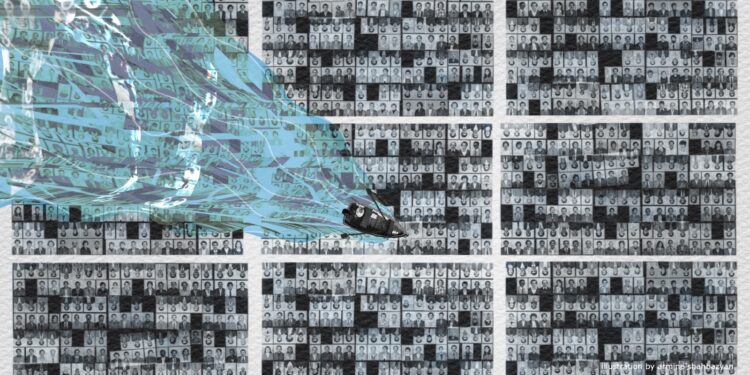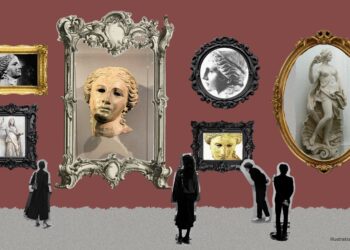Arts & Culture
The Seven-Year Restoration of the Mother See
After a seven-year restoration, the Mother See of Holy Etchmiadzin, considered the world’s oldest cathedral, was reconsecrated in 2024, a historic effort that preserved sacred murals, reinforced the ancient structure and culminated in a chrism blessing.
The Power and Politics of Yerevan’s Statues
Yerevan’s statues reveal shifting political ideologies and national identity, from Soviet heroes to national figures, international allies and “symbolic” women. Hovhannes Nazaretyan explores how public monuments reflect power, memory and Armenia’s evolving historical and geopolitical narratives.
Dreams Against Empire: Parajanov’s Cinematic Defiance
In this poetic exploration of filmmaker Sergey Parajanov’s radical defiance against Soviet conformity, Ani Poghosyan traces how his visionary cinema, rooted in Armenian identity and artistic freedom, challenged empire, celebrated cultural memory, and outlived the system that sought to silence him.
Pınar Selek’s Intellectual Journey of Resistance
Taline Oundjian traces the intellectual and political journey of Pınar Selek, a Turkish feminist and anti-militarist persecuted by the state, whose work on structural violence, memory, and the Armenian genocide offers powerful insights into resistance, identity and forgotten histories.
Lory Bedikian’s “Jagadakeer: Apology to the Body”
Lory Bedikian’s book of poetry “Jagadakeer: Apology to the Body” is a poignant exploration of immigrant trauma, familial bonds, identity and mortality. It announces and denounces our fears and some of our most innermost pain with prescient beauty and rare honesty, writes Christopher Atamian in this review.
Return of the Ancient Goddess
Fragments of the statue of the Goddess Anahit, on loan from the British Museum, are on display at the History Museum of Armenia until March 2025. Lilit Avagyan traces the remarkable journey of these rare relics, which stand as exceptional testaments to Armenia's ancient cultural heritage.
Re-coding Our Emotional Memory
While delving into the collective emotional response triggered each September by recent traumatic events in Armenia, Ella Kanegarian-Berberian explores the potential for healing through representation. Using the biopic “The Other Side of the Medal”—which tells the story of weightlifting champion Nazik Avdalyan—it reflects on the importance of overcoming grief and loss.
From Zovuni to Hatis: The Journey of Jesus
In 2022, business tycoon Gagik Tsarukyan announced plans to construct a monumental statue of Jesus. Although much of the work has already been completed, the statue has continued to face criticism both for its concept and execution. Ani Gevorgyan's photo story captures the "journey" of the statue.
Lucy Yeghiazaryan’s Musical Dialogue Between Armenia and Jazz
Lucy Yeghiazaryan, an Armenian jazz vocalist based in New York City, explores the connections between Armenian melodies and American jazz standards in her album, “Beside the Golden Door”, creating a powerful fusion bridging cultural divides while navigating her own identity.
All the Ways We Lied: Terror, Redemption and the Family Novel
Aida Zilelian’s "All the Ways We Lied" follows the complex lives of the Manoukian sisters in Queens, New York. Tackling themes of trauma, identity, and resilience, Zilelian presents a raw, authentic portrayal of a middle-class immigrant family grappling with their past and present. A review by Christopher Atamian.












